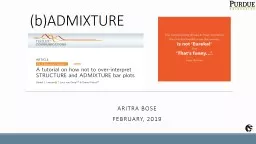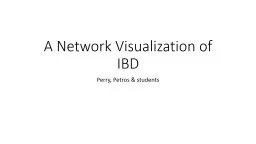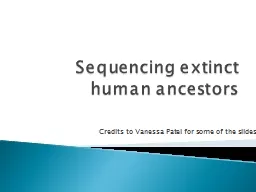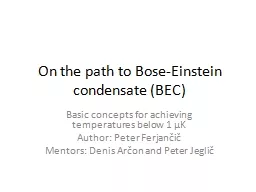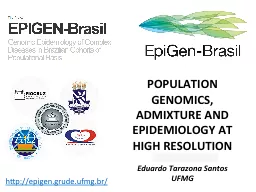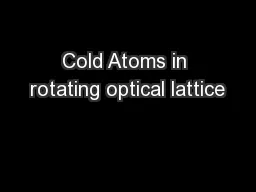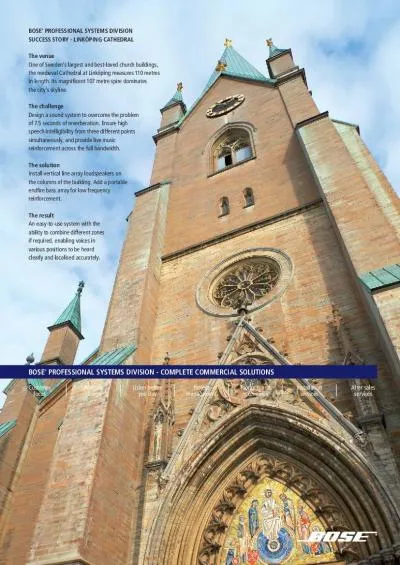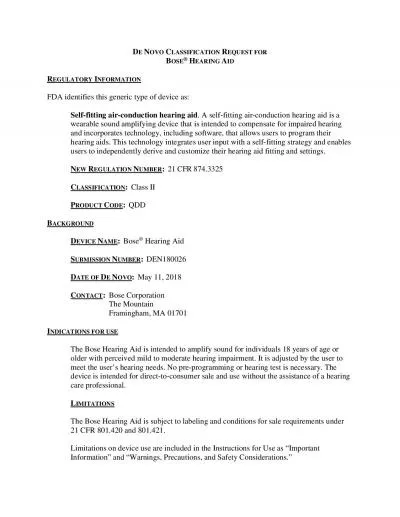PPT-(b)ADMIXTURE Aritra Bose
Author : pamella-moone | Published Date : 2019-12-07
bADMIXTURE Aritra Bose FEBRUARY 2019 A Auton et al Nature 526 6874 2015 doi101038nature15393 Population Structure Mutation Mutations are changes to the base pair
Presentation Embed Code
Download Presentation
Download Presentation The PPT/PDF document "(b)ADMIXTURE Aritra Bose" is the property of its rightful owner. Permission is granted to download and print the materials on this website for personal, non-commercial use only, and to display it on your personal computer provided you do not modify the materials and that you retain all copyright notices contained in the materials. By downloading content from our website, you accept the terms of this agreement.
(b)ADMIXTURE Aritra Bose: Transcript
Download Rules Of Document
"(b)ADMIXTURE Aritra Bose"The content belongs to its owner. You may download and print it for personal use, without modification, and keep all copyright notices. By downloading, you agree to these terms.
Related Documents

